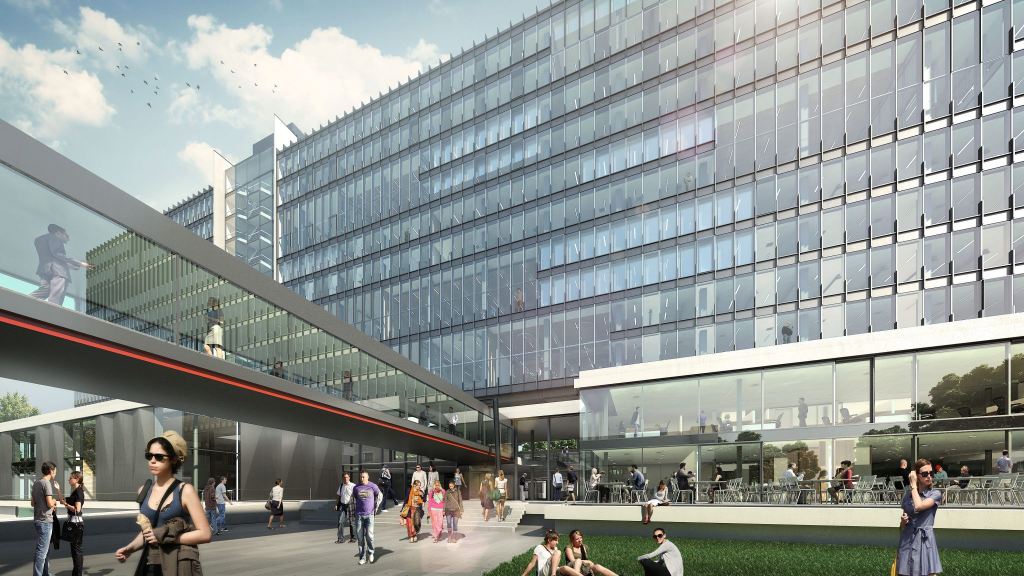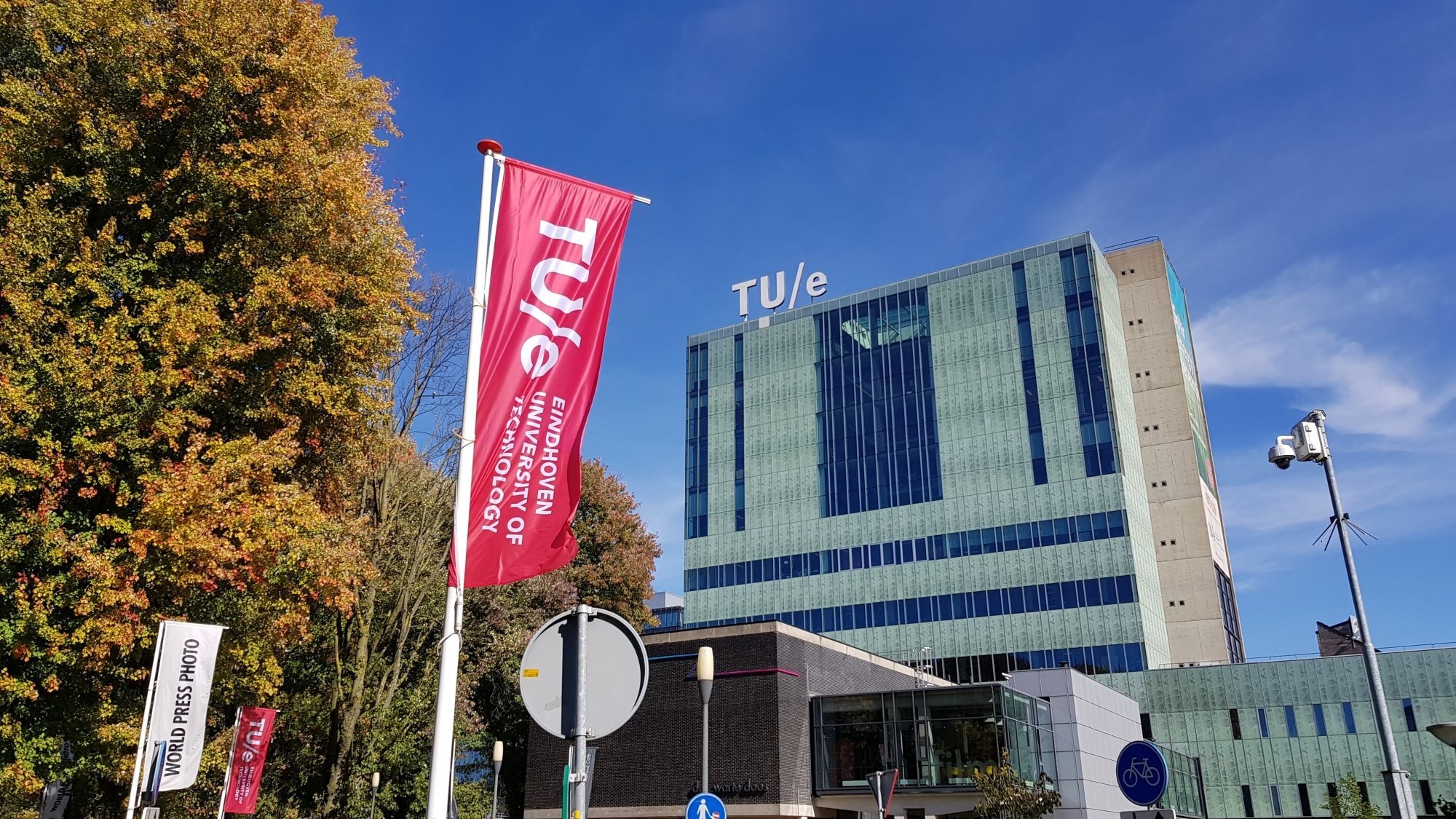
…and we will call him ‘Atlas’
After the current renovation is completed, the main building of TU/e will be the world’s most sustainable education building. The design of the building has been awarded the highest BREEAM score ever in the category for construction projects in education: 93,86%. BREEAM is the most commonly used method to measure the sustainability of buildings and has already been used for 250,000 buildings worldwide. The university will be presented with its sustainability certificate today, Tuesday 27 September.
The 93.86% score puts the building in the ‘Outstanding’ category, the highest BREEAM ranking. Not only will completion of the construction project in accordance with this design give the building the highest score worldwide for the category education buildings but it will also put it among the top three sustainable buildings of any type in the Netherlands. This is stated by the Dutch Green Building Council (DGBC), which is responsible for the BREEAM-NL sustainability label in the Netherlands. DGBC director Annemarie van Doorn will present the certificate to the TU/e executive board on Tuesday.
No gas
The main building, which will be known as ‘Atlas’ after renovation, will soon no longer have a gas connection. All the heating and cooling the building needs will come from the campus-wide TU/e geothermal system that stores heat and cold separately in the subsurface and accesses it whenever the buildings need to be heated or cooled. This geothermal system is one of the biggest in Europe. In addition, there will be solar panels, able to supply 500 megawatt hours per year, which will cover the majority of the building’s power requirements.
Light Personalization
Equally special is the building’s ‘night flush’. During summer nights the floor-high windows slide outwards to cool the building and clean the air. Moreover, all the users can open and close the windows as they wish. The building will also be equipped with smart, economical LED lighting, of which the standard level of light is relatively low but users can use an app to adjust it themselves. The university will use this system to do research into how people respond to light personalization. All these initiatives will reduce the CO2 emission of the building by around 80 percent, even though the number of ‘residents’ of the building will more than double.
Taking the lead
“We are really proud and pleased with this result,” says Jo van Ham, vice-president of the TU/e executive board. “Sustainability is a hugely important theme in our education and research, and this also means taking the lead in terms of our buildings and operations. We have been investing extra in sustainability for fifteen years now, with campus-wide geothermal storage one of the outcomes. The Atlas building will also be connected to this, which is one of the cornerstones of this building’s sustainability.”
“What fantastic ambition TU/e is showing here,” says DGBC director Annemarie van Doorn. “Once this BREEAM-NL Design stage certificate actually becomes a Post-construction stage certificate, then the main building will become a model for all universities and institutions of higher education throughout the world. We warmly applaud investment in sustainability, and therefore also in health. And certainly in education buildings where the future of the Netherlands is educated.”
In terms of gas and electricity, the university is now climate-neutral.
Atlas will become the fourth TU/e building without a gas connection and a fifth building is scheduled to become ‘gas-free’. Since 2002 the university’s gas consumption has more than halved, and with all the scheduled changes TU/e will ultimately reduce its gas consumption by three-quarters. In terms of gas and electricity, the university is now climate-neutral. TU/e uses only green power and one of the ways that TU/e compensates the emission of CO2 from gas consumption is by planting trees.
The Atlas building will house the department of Industrial Design, the department of Industrial Engineering & Innovation Sciences, the university executive board and the support services. The original building from 1963 has sixteen floors and a surface area of 44,000 square meters.








